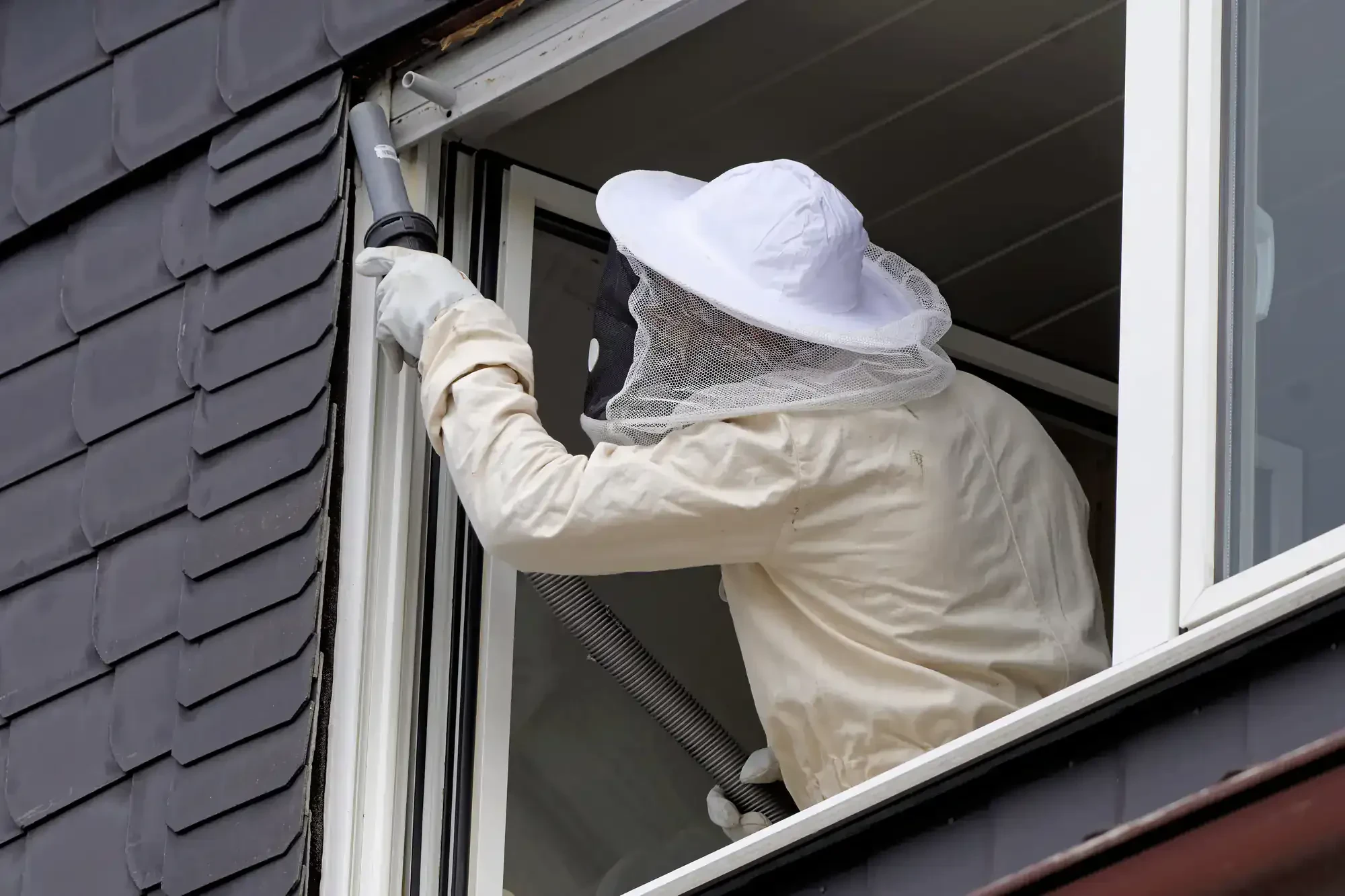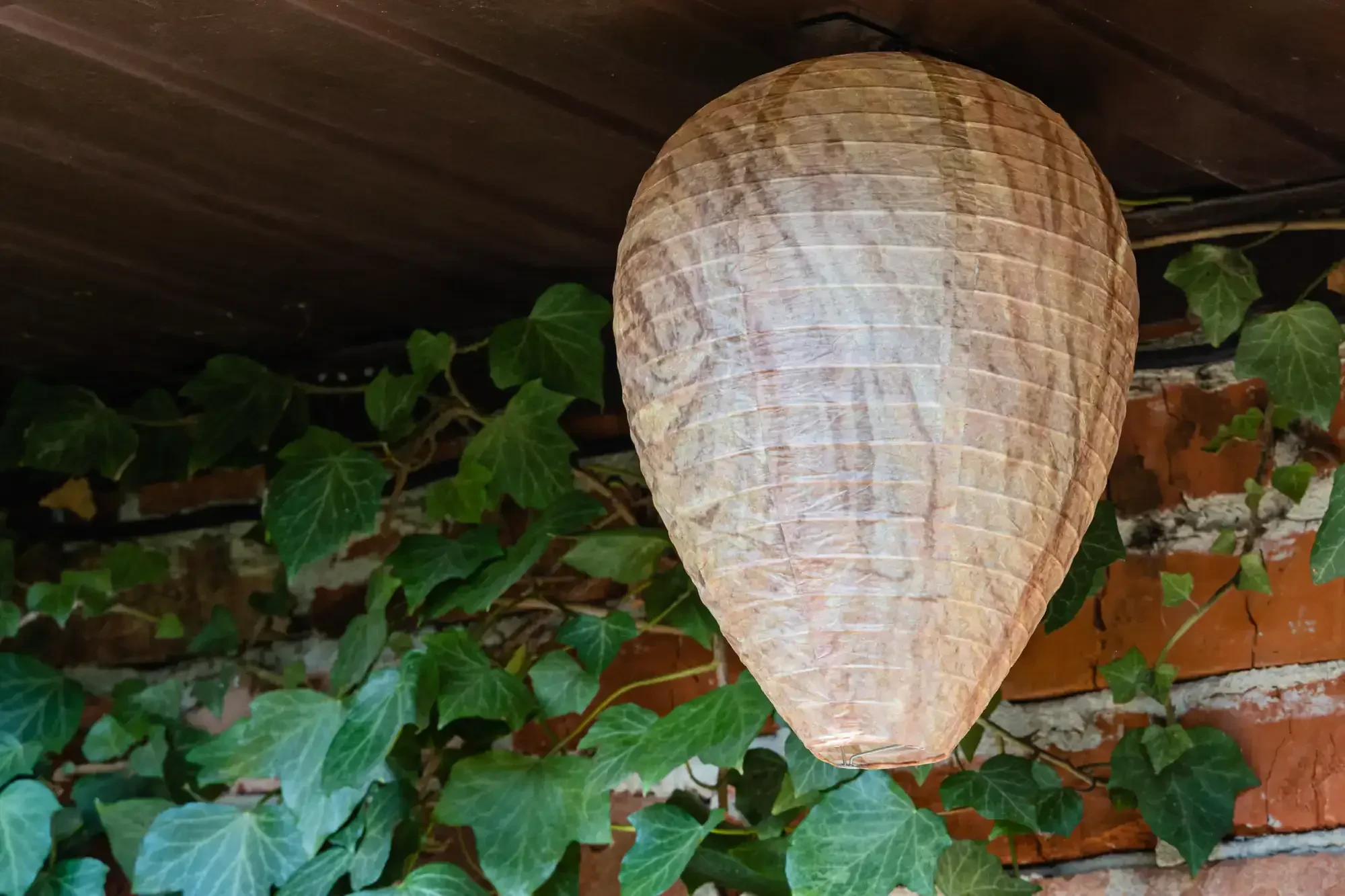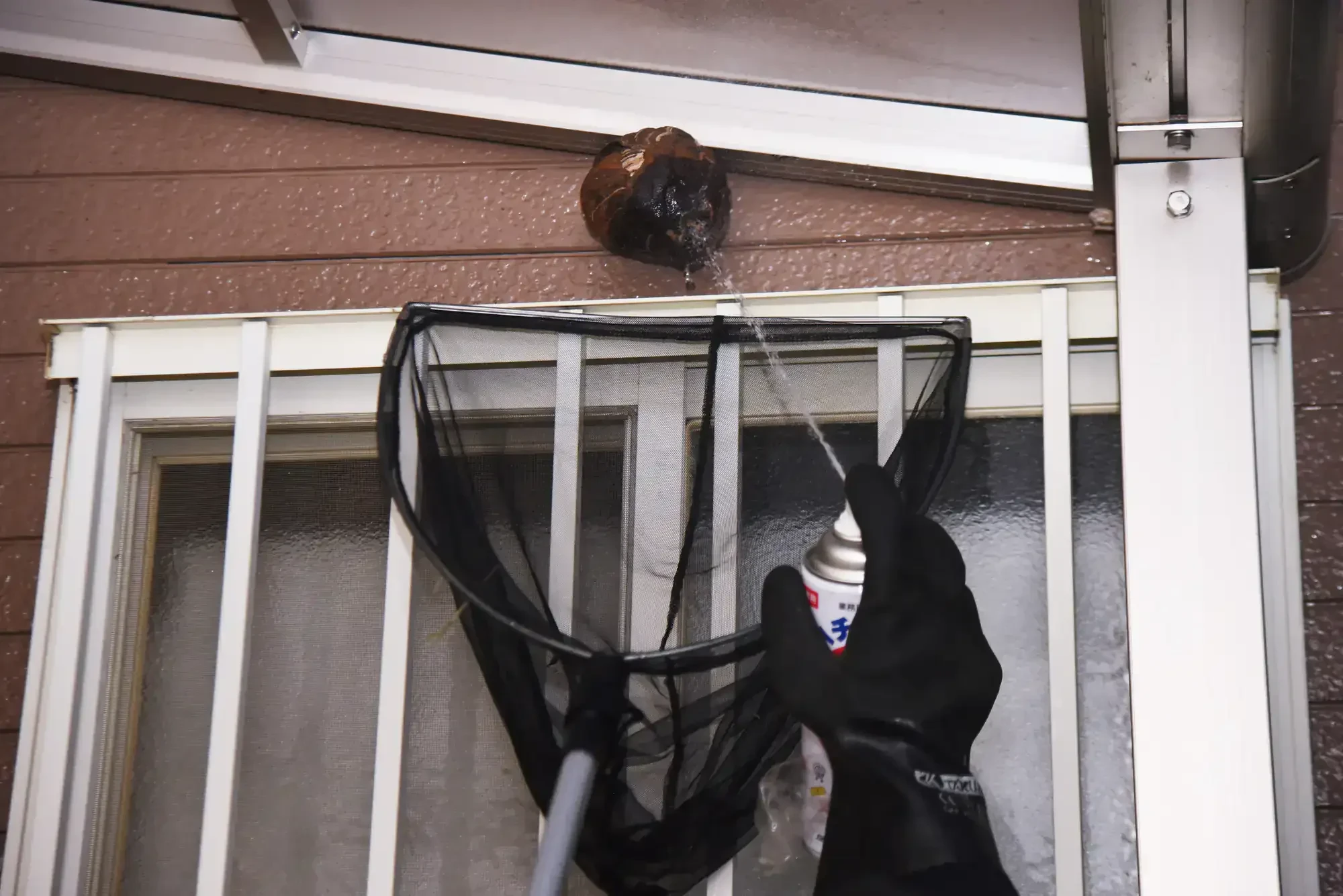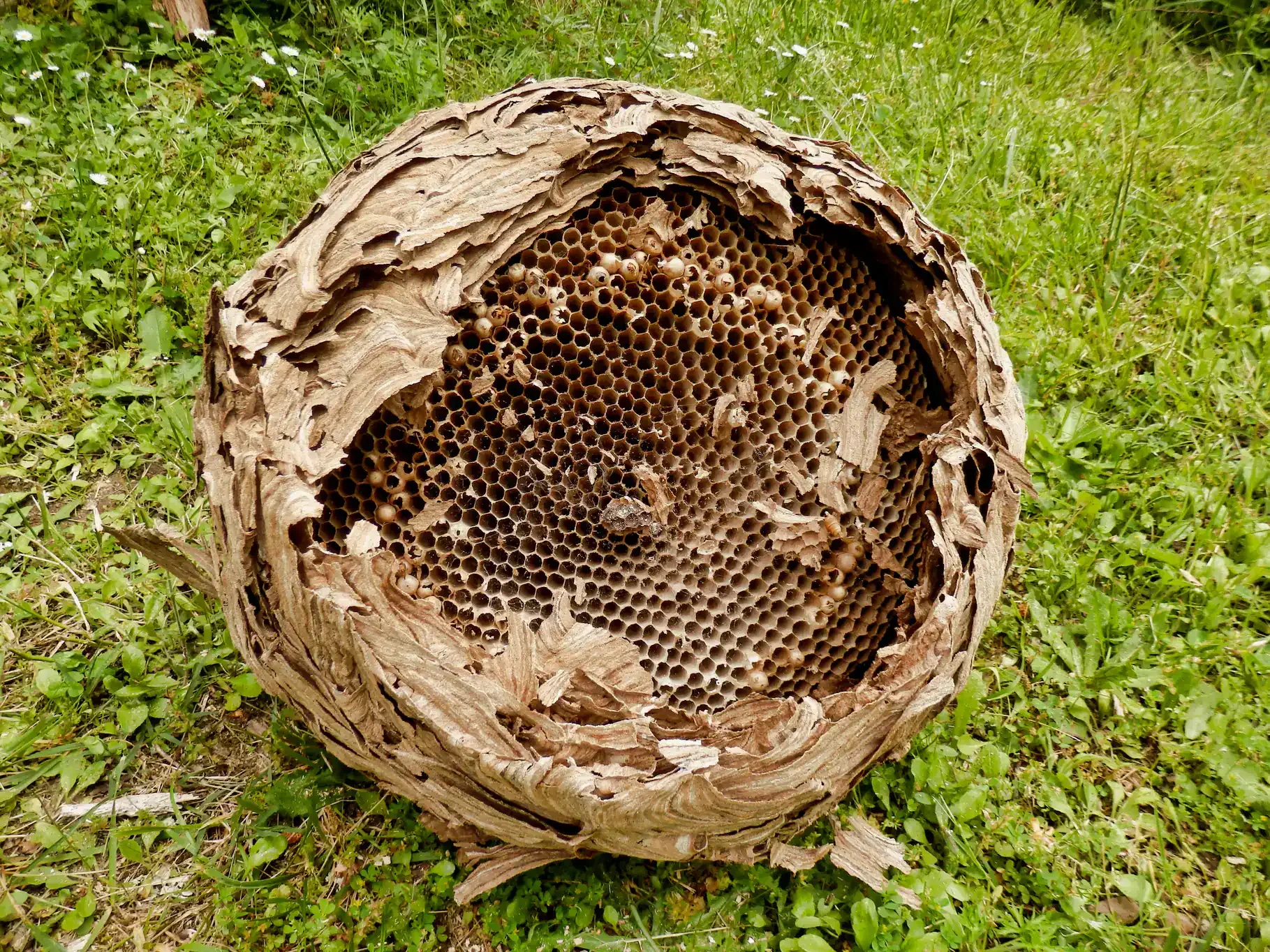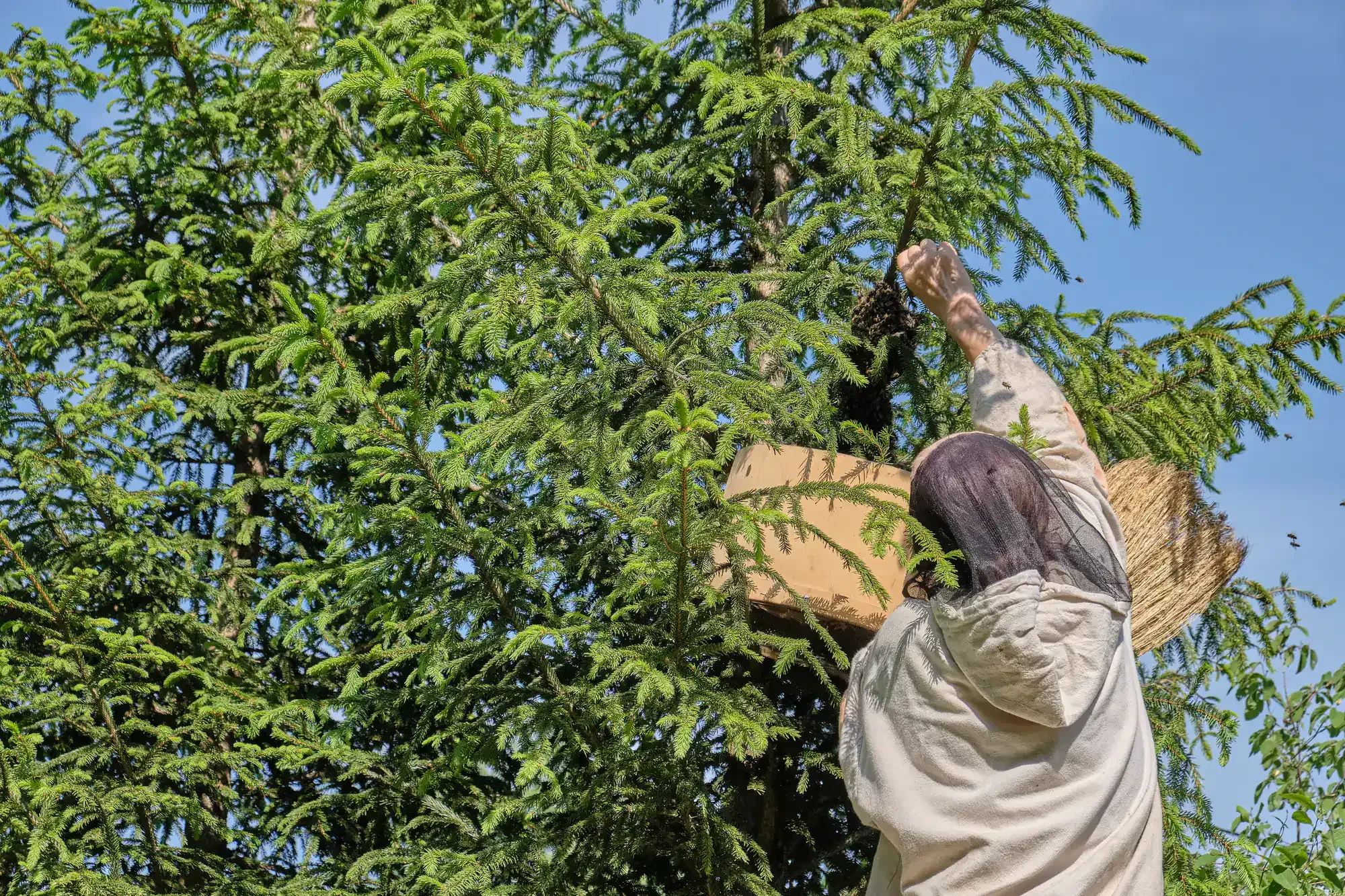Professional wasp nest removal typically costs between $300-$700 depending on the nest size, location, and wasp species. Yellow jacket colonies that nest underground or inside walls are more expensive to treat than paper wasp nests under eaves. We provide upfront pricing with no surprises, and we offer price matching for reasonable competitor rates. The cost includes complete nest elimination, not just a temporary treatment that allows wasps to return. For seniors, veterans, and first responders, we offer special discounts. Remember that DIY removal often fails and can result in dangerous swarm attacks, making professional treatment both safer and more cost-effective in the long run.
